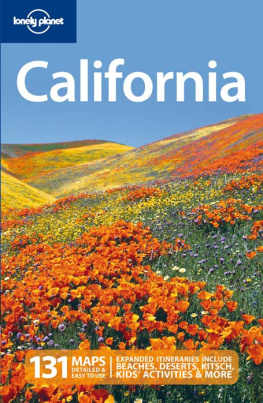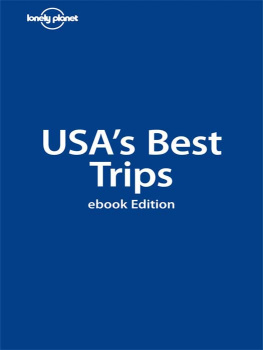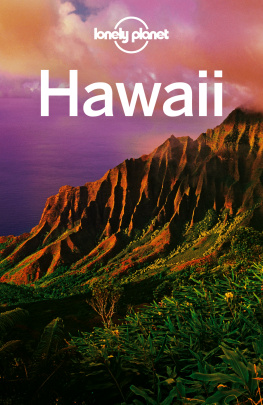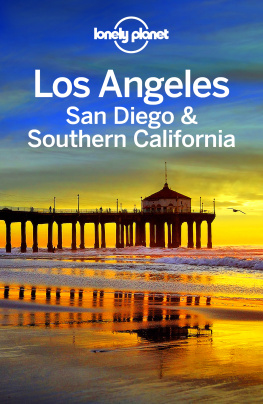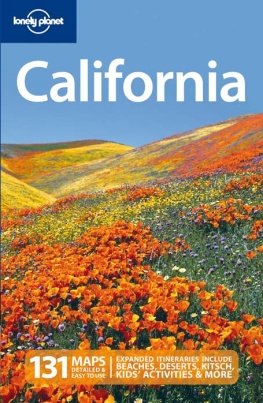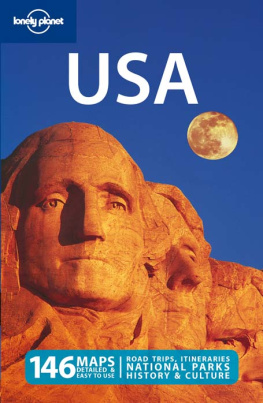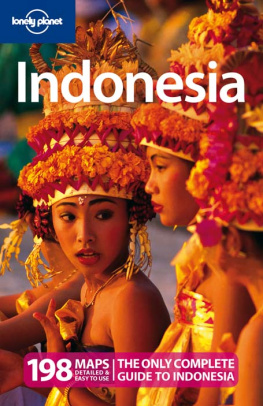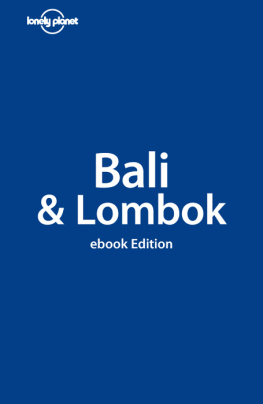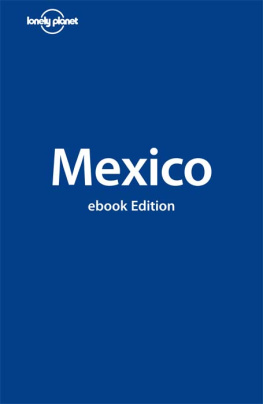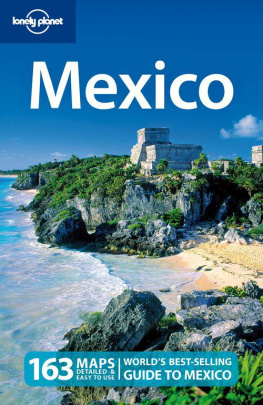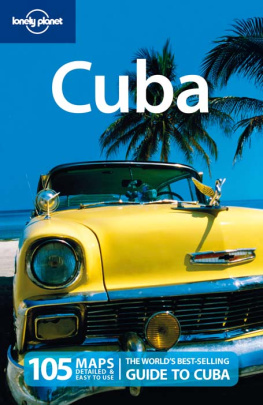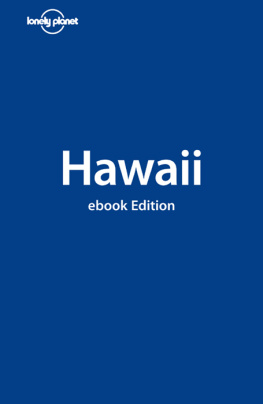Destination California
FAST FACTS
Population: 36.5 million (the largest of any US state)
Highest point: Mt Whitney (14,497ft)
Lowest point: Death Valley (-282ft)
Area of national and state parks: 5.4 million acres
Tallest waves ever surfed in California: 100ft, at Mavericks, 2003
Miles of shoreline with guaranteed public access: 1100
Number of nude and clothing-optional beaches: 50
Annual tax earned from medical marijuana sales: $100 million
Proportion of US GDP contributed by California: 13-14% ($1.7 trillion)
The moment you arrive in the Golden State, you may suspect youve been cast as the ingenue in a road-trip movie. Everything seems staged for a script riddled with exclamation points: no way are they going to surf those skyscraper-sized waves at Mavericks! That cant be the Terminator in the governors mansion in his second term! Brrrrrrrdont all those naked people ever get cold?!
The dialogue is all improvised, though youll note some recurring themes. Recently the hot topic has been same-sex marriage, and the proposed constitutional amendment to ban it and annul the marriages legally performed in California since June 2008. Medical marijuana is old news for Californians, who approved a state proposition allowing its use back in 1996 though the proliferation of marijuana clubs in urban areas and rumors of mafia intervention have raised even California eyebrows lately.
Even if youve seen it on TV, California still comes as a shock to the system. The Venice Beach skateboarders, San Francisco same-sex-wedding planners, Santa Cruz wild-mushroom hunters, Rodeo Drpillaging trophy wives and cheerful San Diego doomsday cult members arent on different channels. They live here.
To strike up conversation with a local, skip the weather and start in on the food. If you say, Nice weather weve been having, youll get a puzzled look: of course its nice, its California. But ask, So wheres a good place for a taco around here? and now youre talking. Mulling over menus means taking a stand on issues close to many California hearts: organics, veganism, grass-fed versus grain-fed, biodynamics, fair-trade coffee, and the importance of buying local food (the New Oxford American Dictionaryapproved term locavore, meaning people who eat food grown nearby, was invented here). Californians will listen with interest to your perspective, even if they do tend to proselytize about their own but once you try the food, youll understand the obsession.
Unless you want to stir up old NorCal/SoCal rivalries dating from the 19th century a diverting local pastime when played with good sports dont get Californians started about water. NorCal scolds SoCal for watering its lawns and filling its pools with water piped in from the Sierras, while SoCal points out that NorCal shouldnt talk with its mouth full of organic veggies grown in the Sierras-irrigated Central Valley.
You might not get a word in edgewise when it comes to technology or the environment but listen up, because those wild California ideas might become the next big thing. Californias technological innovations need no introduction: perhaps youve heard of PCs, iPods, Google and the internet?
European and Japanese visitors may find it a bit rich to hear Americans holding forth on global warming and the need for emissions reductions, since the US is a holdout on international conventions on these issues. To be fair, Californians helped start the conservation movement in the midst of the 19th-century industrial revolution, with environmental action groups, laws curbing industrial dumping, swaths of prime real estate set aside as urban green space, and pristine wilderness preserved as national and state parks. While Californias culture of conspicuous consumption ( la Lifestyles of the Rich and Famous) is exported via TV and movies, Californias environmentalists have diligently chipped away at the glossy varnish Stateside. Since the 1960s, Californians have trailblazed with sustainable foods and low-impact lifestyles, pushed for the establishment of the Environmental Protection Agency, preserved old-growth forests with tree-sitting activism, and established the US market for hybrid vehicles (no small thing here in the USAs quintessential car culture).
Once you get the hang of Californias improvised lifestyle, youll notice that plot devices arent necessary to get Californians to act out. On the contrary, movies cant begin to capture how Californians behave when there are no cameras on. The Sierra Nevada Gold Rush, San Franciscos Summer of Love, the LA punk scene, Silicon Valley high-tech booms: no screenwriter could make this stuff up, no matter how talented. Like any Hollywood blockbuster based on a great work of fiction, movies about California cant compare to the original. But dont just sit back and enjoy the show California is the place to take part and make a scene. Other places on the planet have their wow factor, but theres only one region that so consistently merits the delighted disbelief of a long, drawn-out Duuuuuuuuuuuuuuude!
Getting Started
California is huge in the USA, only Texas and Alaska are bigger states and it takes time to get around. You can ride trains or buses between major cities and certain towns, but youll need a car to reach more remote areas, including many state and national parks. Reservations are essential during peak travel seasons, especially during the summer months and around major holidays. But dont let a lack of advance planning stop you from hitting the road any time, because spontaneity and an anything-goes casual lifestyle are what California is really all about.
WHEN TO GO
Any time of year is a fantastic time to be traveling somewhere in California, but the ideal time for you to visit depends on where youre going and what you want to do.
See Climate Charts for more information.
Most travelers arrive in summer, between Memorial Day in late May and Labor Day in early September, crowding major tourist attractions and causing room rates to spike, even at motels. Summer is prime time for hitting the beaches and also the best time of year to visit the mountains for camping, hiking and mountain-biking. From June to August, festivals happen statewide. If you decide to visit California in summer, try to travel midweek, when crowds are thinnest and rates cheaper. The shoulder seasons (March to May, September and October) bring smaller crowds and lower prices.
Along the coast, expect summer fog and chilly weather anywhere north of Los Angeles. In spring and fall, that persistent June gloom clears along much of the coast, revealing the panoramic ocean vistas youve seen in Hollywood movies. In fall it can be warm enough to swim in the Pacific Ocean, at least in Southern California (SoCal).
Unless youre planning a beach vacation, winter (November to February) is an interesting time to visit. The mountains turn into a winter wonderland, drawing skiers and snowboarders to the slopes, and whale-watching is fantastic. Chances of rain are greatest in the winter months, but theyre still pretty slim unless youre traveling in Northern California (NorCal).
In spring (from February to April), SoCal deserts are carpeted with wildflowers if recent rains have been plentiful. Fall is another beautifully temperate time for desert travel. In winter, overnight lows can dip below freezing and snow-covered Joshua trees are not unheard of. Summer is not ideal for venturing into the deserts, where the mercury can soar above 120F, although low lodging prices and sparse crowds are enticing, mostly to heat-seeking masochists.
For year-round festivals and special events, .

